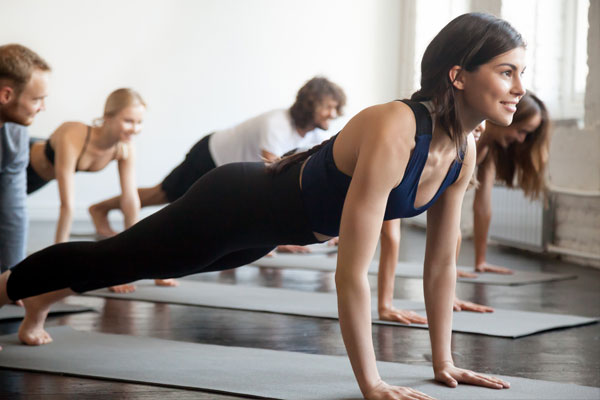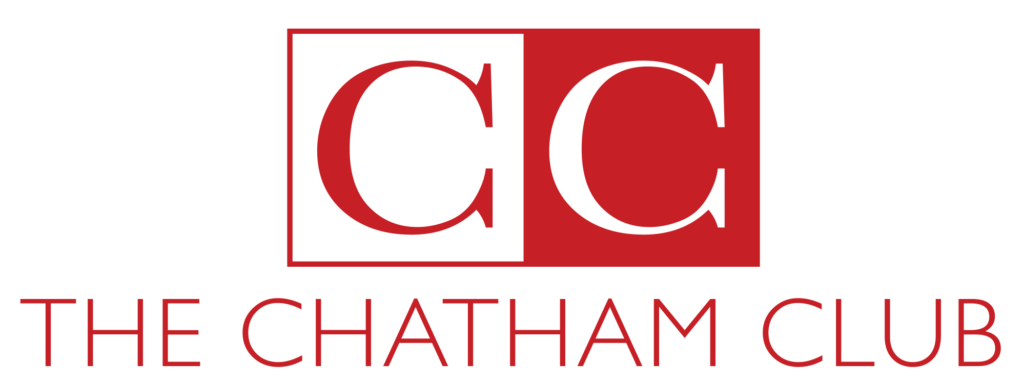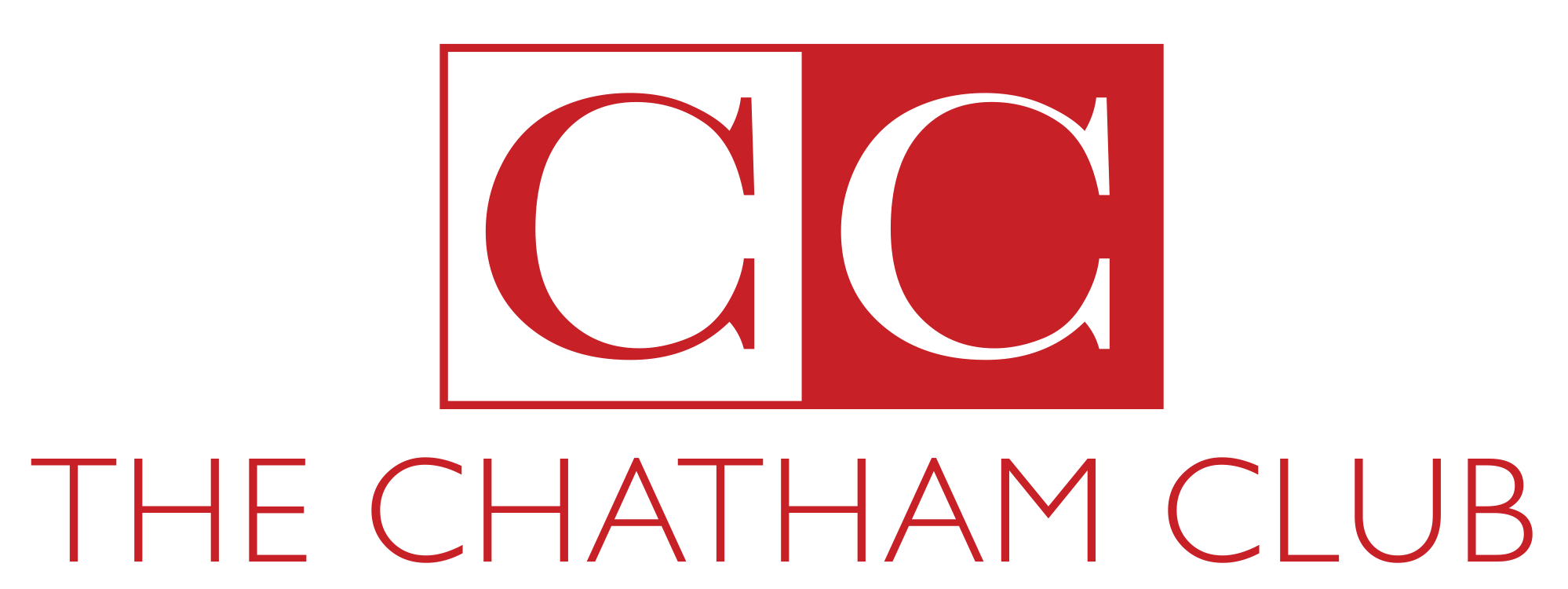[fusion_builder_container type=”flex” hundred_percent=”no” equal_height_columns=”no” hide_on_mobile=”small-visibility,medium-visibility,large-visibility” background_position=”center center” background_repeat=”no-repeat” fade=”no” background_parallax=”none” parallax_speed=”0.3″ video_aspect_ratio=”16:9″ video_loop=”yes” video_mute=”yes” border_style=”solid”][fusion_builder_row][fusion_builder_column type=”1_1″ type=”1_1″ background_position=”left top” border_style=”solid” border_position=”all” spacing=”yes” background_repeat=”no-repeat” margin_top=”0px” margin_bottom=”0px” animation_speed=”0.3″ animation_direction=”left” hide_on_mobile=”small-visibility,medium-visibility,large-visibility” center_content=”no” last=”no” hover_type=”none” min_height=”” link=””][fusion_text]
Maximize Your Workout: Unleashing the Power of Functional Training

Functional training has been gaining significant popularity in the fitness world and for a good reason. It goes beyond traditional exercise routines by focusing on movements that mimic real-life activities, improving your strength, flexibility, and balance in a way that directly translates to everyday functionality. Whether you’re an athlete looking to enhance your performance or simply aiming to improve daily activities, functional training has something to offer you.
Functional training exercises typically involve:
- Using multiple muscle groups simultaneously.
- Engaging the core.
- Focusing on natural movement patterns.
These exercises often incorporate free weights, resistance bands, stability balls, suspension trainers, and bodyweight exercises. Functional exercises include squats, lunges, deadlifts, push-ups, planks, kettlebell swings, and medicine ball throws. Exercises are designed to replicate daily movements, such as bending, lifting, pushing, pulling, and twisting.
By training the body to move efficiently and effectively, individuals can improve their performance in various activities, such as lifting heavy objects, participating in sports, or simply moving quickly and reducing the risk of injury in daily life.
To maximize your functional training and get the most out of your workouts, consider the following tips:
- Focus on Proper Form and Technique: Correct form is crucial in functional training to ensure adequate muscle engagement and minimize the risk of injury.
- Incorporate Progressive Overload:This can be done by adding resistance, increasing repetitions or sets, or incorporating more challenging variations of exercises.
- Add Variety to Your Workouts: Achieving optimal results in strength, flexibility, balance, and overall functional fitness involves more than just hitting the gym. To maximize your workout’s effectiveness, consider exploring different exercise modalities, such as kettlebells, resistance bands, suspension trainers, or bodyweight exercises.
- Focus on Core Stability and Balance: For a well-rounded functional training routine, focus on core stability and balance. Exercises that target the core muscles, like planks, Russian twists, or stability ball exercises, can do wonders for your overall fitness.
- Listen to Your Body: Keep in mind that progress should not come at the expense of your health. Listen to your body and avoid overtraining or ignoring signs of fatigue or pain. Working with a personal trainer can be a valuable resource, especially when tailoring your training to your specific concerns or goals.
With these tips, you can take your functional training workouts to the next level and achieve your desired results. Before embarking on any new workout routine, please consult your doctor to ensure it’s safe and suitable.
[/fusion_text][/fusion_builder_column][/fusion_builder_row][/fusion_builder_container]

